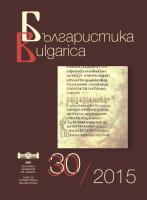
Книги 2014–2015 г.
Selected bibliography in the field of Bulgarian Studies published in 2014-2015
More...We kindly inform you that, as long as the subject affiliation of our 300.000+ articles is in progress, you might get unsufficient or no results on your third level or second level search. In this case, please broaden your search criteria.

Selected bibliography in the field of Bulgarian Studies published in 2014-2015
More...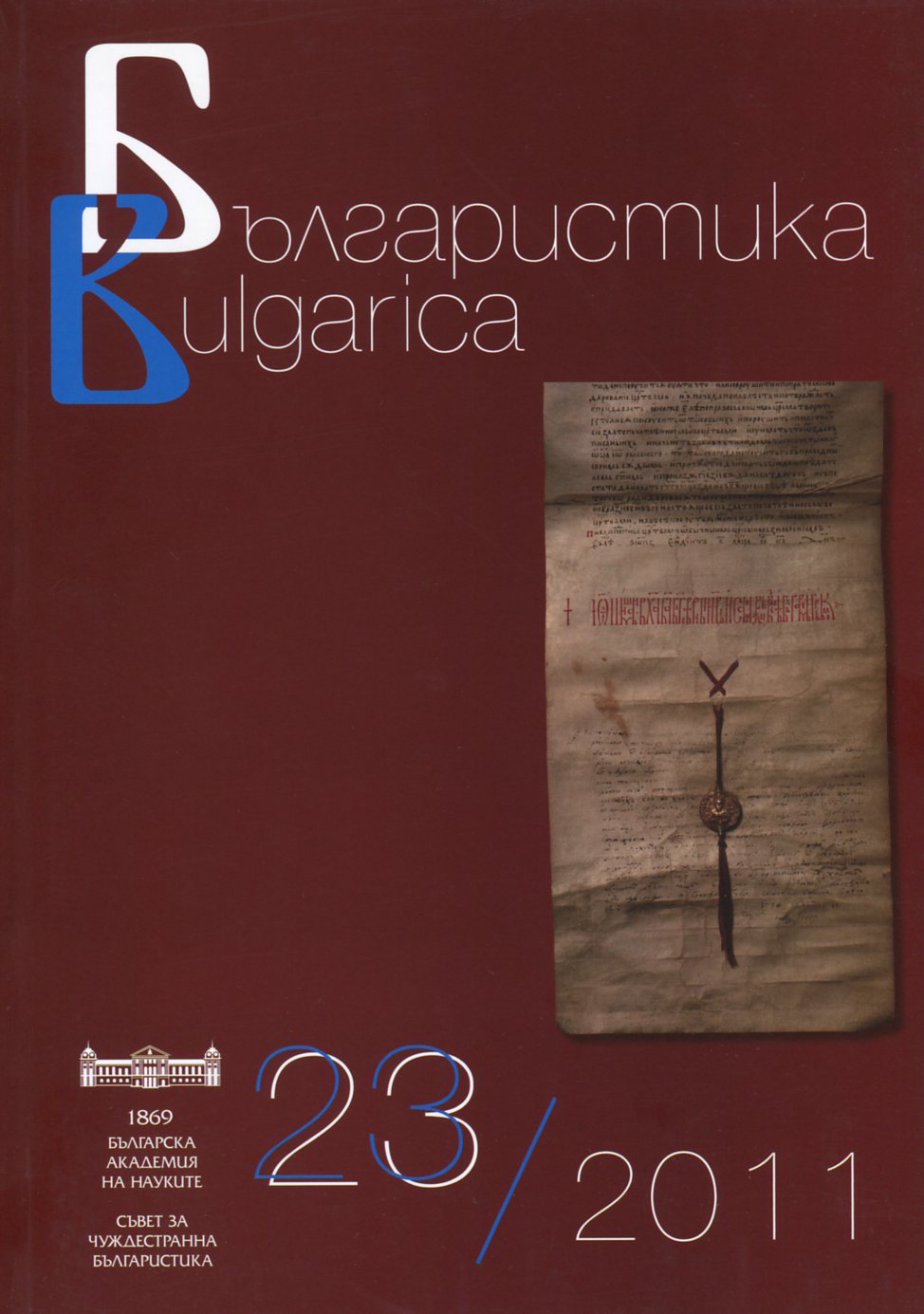
Selected bibliography in the field of Bulgarian Studies published in the current year
More...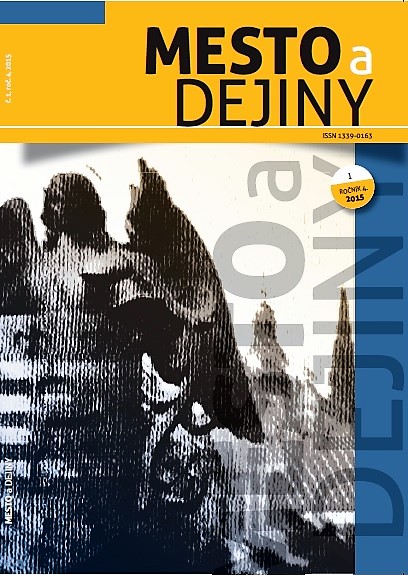
There are testaments from the 16th century preserved in Kremnica state archive. They are written in Latin, German and in one sample also in Slovak language. Last wills prepared a man for a death in spiritual and secular (division of property) way. Testaments eliminated conflict between secular property and desire for an eternal life. Formally testaments consist of several parts – invocation, intitulation, profession of faith, passages about human mortality, composing of the last will and redress of sins, heritages of property, confirmation, corroborating and date formulas. The content of the testaments is an important historical source for economic, law, culture, regional history and also history of material culture and everyday life.
More...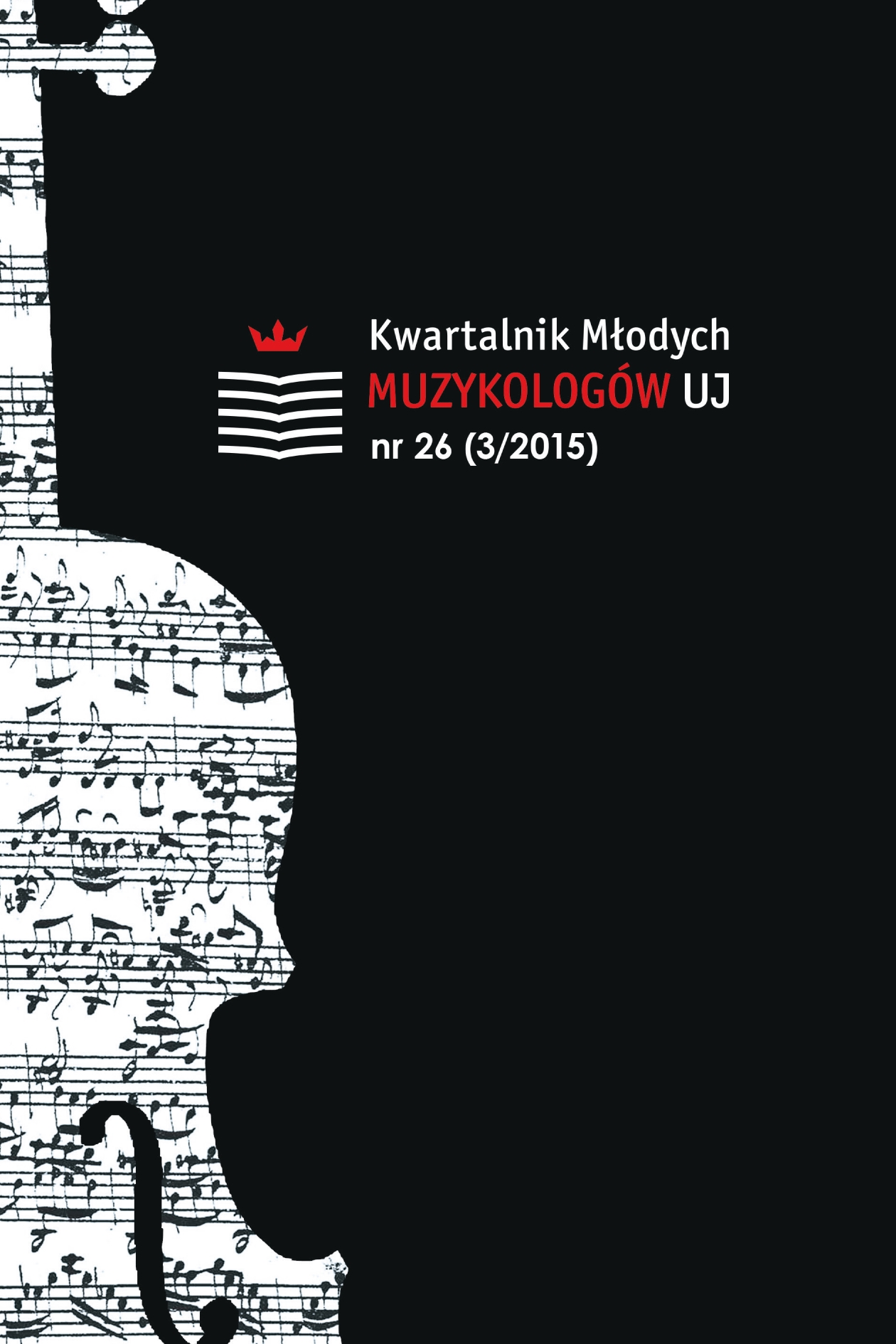
Ludwik Maader (also quoted in sources as Lodovico or Ludovico Maader) was a composer working on Polish territory in the second half of the 18th century. He came to Jasna Góra in September 1784. He was a bandmaster until the end of 1798. Information about his life and activities is rudimentary. We know that he came to Poland from Moravia, specifically from Dub on Moravou – a small town near Olo - mouc, but unfortunately we do not know exactly his earlier activity. Requiem in Es by Ludwik Maader is preserved not only in the Ar - chives of Jasna Góra in the manuscript signed III-446. Currently we found out about four other Requiem. The source from Jasna Góra is autograph of the bandmaster and contains probably the oldest and original version of the composition. The first source is kept in the Jagiellonian Library, comes from Gidle, and was written in 1809. The second manuscript is located in the Provincial Archives of Dominican Order in Cracow and belonged to Dominican’s band in Gidle (1845). The third and fourth sources are inaccessible because of poor state of preservation. They are stored in two places: 1) Archives of the Arch - diocese of Gniezno signature II/7, belonged to the band from Grodzisk Wielkopolski, 2) Archives of the Archdiocese of Poznań – from the band in Gostyń. This article is focused on a comparison of the three manuscripts: one from Jasna Góra and two from Gidle. The author compared the content of manuscripts, the way of signing the text, vocal and instrumental parts and basso continuo.
More...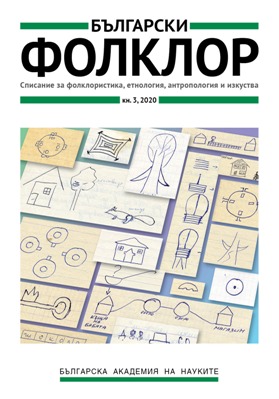
This paper offers a discussion on the specifics of various contemporary forms of riddles on examples including both linguistic and visual representations. The author traces the ways in which these riddles have spread and evolved from the 1980s until the present day. Attention is also given to the varying levels of formal similarity between modern riddles and traditional riddles and to the tendency of the new forms to get close to the genre of the modern joke.
More...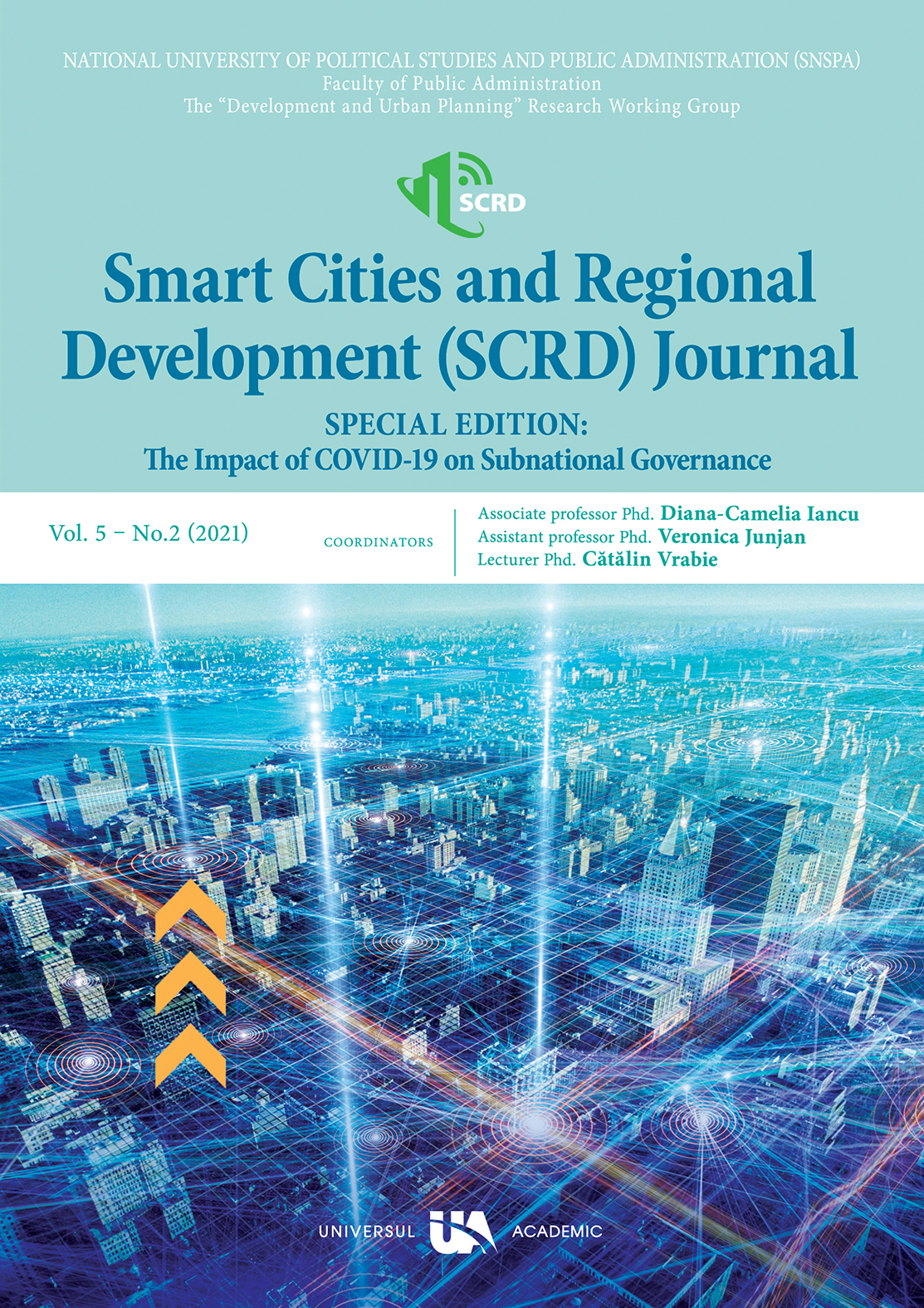
Since June 17th, 2020 the Corona Warn App of the German Federal Government has been available for download. After a sharp increase downloads stagnate around a total of 20 million, which is roughly one fourth of the population. Whether everyone who downloaded it actually uses it, is questionable. Objectives We want to show that the underlying concept of an app is questionable, even if each inhabitant with a smartphone downloads and uses it, it would cover barely half of each encounter where COVID-19 could actually be transmitted. Prior work This work is the scientific, extended version of a short article we published in the September 2020 issue of the “Behördenspiegel”, a monthly magazine covering German public administration issues. Approach We use statistical methods to show that, (i) even in the very best case with a perfectly working app the coverage would have been roughly half of all relevant encounters (ii) and that the voluntary usage of this app as well as the free decision of the infected individual to publish its (anonymized) data to warn others in fact reduces any effectiveness considerably. In addition we show that (iii) due to the design of the app there is a likely limit where the app will not be able to warn its users for mathematical and cryptographical reasons. Results We demonstrate by statistical means that this app could never have worked and why similar apps neither would work, let aside probably the “Trace Together” initiative of Singapore, which is based on a combination of an app plus physical tokens for those who do not own nor use smartphones (https://www.tracetogether.gov.sg/). We define some requirements a successful COVID-19 tracing solution must fulfill. Implications We show that such apps are not a solution for the problem, rather an obstacle to a real solution, because they lull their (few) users into a false sense of security which is obviously wrong, based on real figures. Value The paper contributes to transparency of government action during the COVID-19 pandemic. We show that other ways of contact tracing must be pursued in order to be effective and hinder the pandemic from escalating rather than providing a false feeling of safety.
More...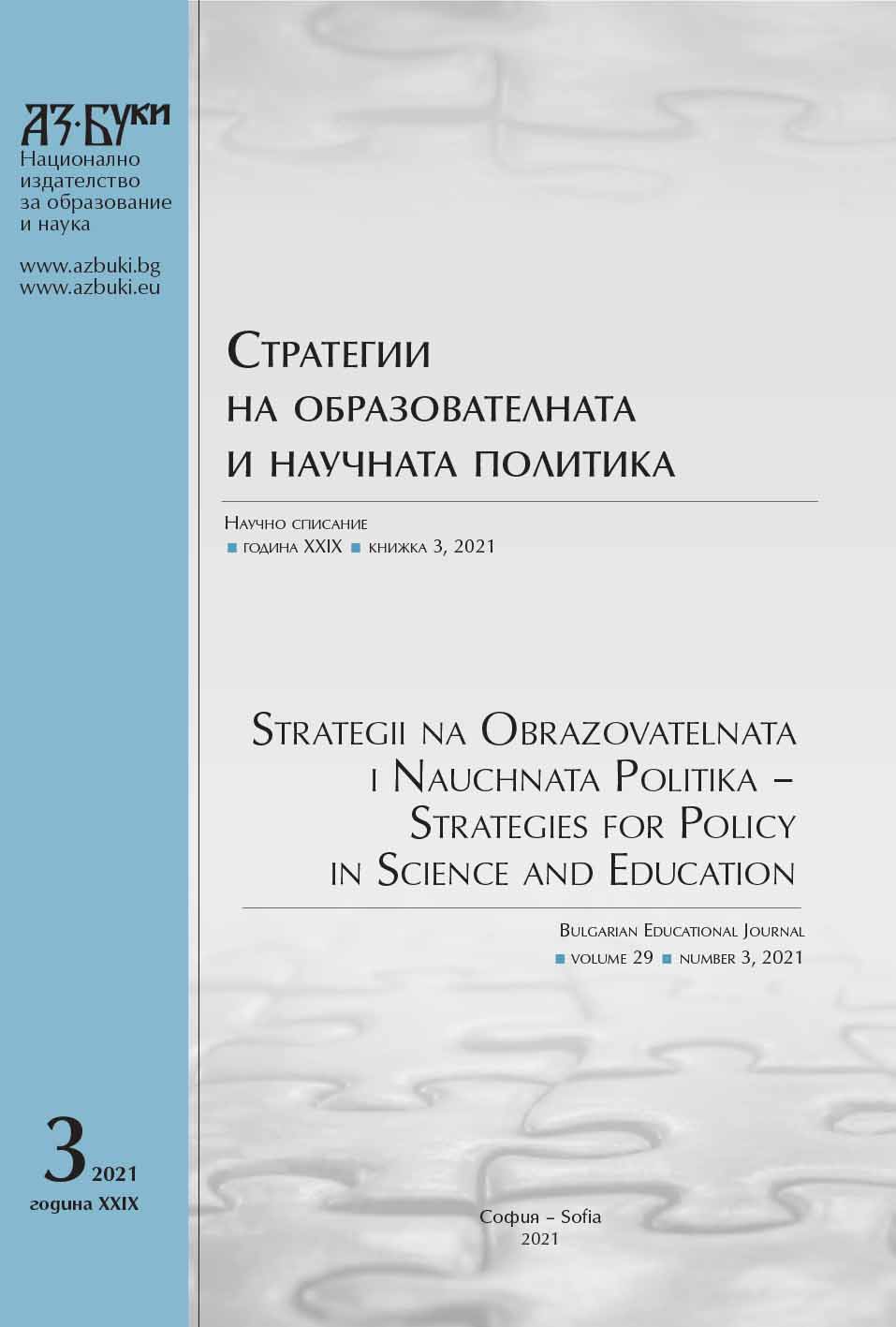
Marketing communications, which are part of the entrepreneurship’ discipline, can integrate the most important school disciplines with the help of semiotics. Several relevant scientific articles and books in the following areas: business education, integrations between different school (educational) disciplines, semiotics and advertising, metaphor, synecdoche, etc. are analyzed in the Literature Review. The main text of the article studies different examples of corporate style and corporate identity. They are important part of business and entrepreneurship. Admen (artists, designers, etc.) in marketing communications created this corporate style and corporate identity on the basis of various visual metaphors, synecdoche and other stylistic figures. The authors of textbooks for primary and secondary school and the teachers can integrate the education of native language, foreign languages, literature, art and entrepreneurship with the help of these and other stylistic figures.
More...
The educational and sociolinguistic context in post-war Kosovo and the cooperation in building a current educational system have gone through very specific histories. The current situation of French and Francophonie is the result of great changes throughout history. All this sociolinguistic situation is closely related to the sociopolitical context.Any linguistic situation is necessarily linked to the socio-political context, but in Kosovo more than elsewhere. It must be remembered that, for ten years, the Serbian judiciary had a long arm and that one in two Albanian-speaking adults had already been arrested in one way or another by the police. The massacres resulting from the violence had become part of everyday life. In 1999, during the Kosovo War, Serbian revenge experienced unprecedented developments while ethnic cleansing in Albania accelerated rapidly during 1998-1999. At present, the official languages of Kosovo are Albanian and Serbian. At the municipal level, minority languages such as Turkish, Bosnian and Romani are languages officially used under specific conditions.French is only the language of communication between French-speaking communities and French-speaking Kosovars working in contact with embassies and cultural services in French-speaking countries. In this context French therefore has the status of a foreign language in its own right. It is also taught as a second foreign language in schools in the same way as German.
More...
The present paper reviews the field of Augmented Reality, starting from the current research and publications of this specialization, starting from the premise that augmenting reality implies an extension of virtual reality. Thus, types of implementations of augmented reality will be presented, emphasizing the HMD type, referring to an application of this kind, made by the author. Based on the application, the observations from a public presentation of it and, taking into account the way in which RA flirts with education, the educational perspectives of and how they can be implemented in the educational system will be presented. Also, in this paper will be presented the limitations of this technology, given that not every educational subject can be presented and taught in an immersive environment.For the implementation of the application under discussion, the technology was used Microsoft HoloLens 1 that combines an untethered device with apps and solutions that help people across your business learn, communicate, and collaborate more effectively.
More...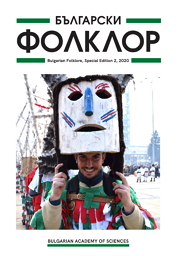
The traditional tamboura performance style is part of the folklore culture of Southwestern Bulgaria and, more specifically, of the Velingrad district. This style is deeply tied to the specifics of the musical dialect of this region. The preservation of tamboura performance style into modern times is characterized by interaction with the modern tamboura and the combination of traditional techniques with new instrumental means of expression. This article traces the renovations and changes in the traditional style in relation to its basic parameters, such as bourdon playing, the specifics of splitting note durations, metro-rhythmic patterns, ornaments, sound lines, morphologies, and the functions of the instrument in accompanying mostly male solo singing. The complex relationships and the way in which they have interacted, have been traced to the individual performance manner of a particular musician.
More...
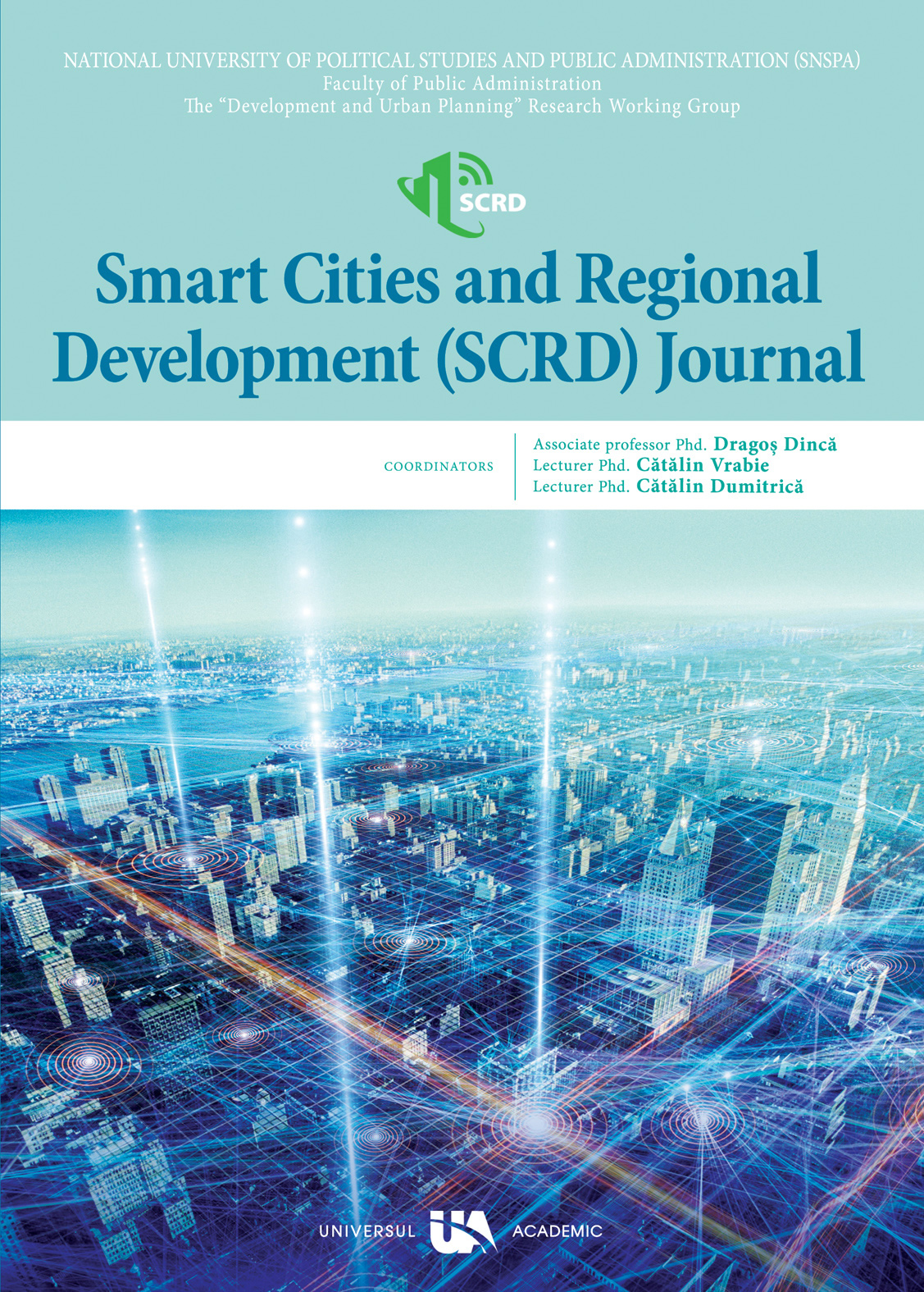
Many wells have been drilled in Albania to search oil traps in the carbonate reservoirs of the Ionian area. One of them is the Nokova-1 well, drilled in the overflow front of the Berati anticline belt. Geographically it is in Erindi region, southern Albania. Nokova-1 well has passed flysch deposits of Oligocene (Pg3) and carbonate deposits of Eocene - Paleocene (Pg1-Pg2). To conclude in the results presented at this paper, various geological and geochemical studies have been studied.During the drilling and testing processes, signs of oil and hydrocarbon gas have appeared, which contribute to the oil-bearing perspective of the region. Limited quantities of crude oil were obtained during the testing process. Samples taken from this oil were determined density, from which API was calculated. Also hydrocarbon composition was performed. According to samples analysis, are determined parameters of density (0.923 gr/cm3), API (21.8) and hydrocarbon composition as follows: saturate (49.20 %), aromatics (27.9%), saturate + aromatics (77.10 %), NSO-comp (14.86%), asphalt (7.95%), saturate/aromatics (1.763441%) and NSO-comp + asphalt (22.81%).The results of the hydrocarbon composition were correlated with those of the oil traps (carbonate reservoirs) in Albania. From this correlation we have concluded that the crude oil taken from the Nokova-1 well is light oil, it is not biodegradable. Nokova-1 well oil correlates with oil of oil traps in Amonica, Cakrani, Mollaj, which have been interpreted as oil traps of younger geological age.In conclusion, it can be said that the oil samples taken from the Nokova-1 well are results from the contribution of an oil trap that can be located at depth, or the result of new phases of hydrocarbon migration.
More...
Smart living is a trend promising more comfort, security, and energy efficiency in our everyday life through digitalization and the inter-connectivity of devices. From driverless cars to smart thermostats, from movable office to ecosystem of smart home, all of them are smart “objects” on which smart living and smart cities rely, involving original and innovative solutions aimed at making life more efficient, more controllable, economical, productive, integrated, and sustainable. Nowadays, these objects are not single products anymore but a series of integrated products, which can be tied or bundled. However, the bunding and tying are not traditional one, like ordinary merchandise or software tying in the landmark case Microsoft. It can be between software and hardware, as well as with a more complicated structure. For the smart objects the bundling and tying may be not limited in bilateral ones but also can be multilateral. This paper aims to discuss bundling and tying products in a smart city life, and mainly the commercial reality of such smart products on how the components are bundled and tied. After, it analyses the structure of bundling and tying in some smart products to confirm whether there is a main product, which can be either a hardware or a software, or net-shaped like in the ecosystem of smart home. Based on these commercial realities, this paper discusses whether multilateral bundling and tying related to smart objects may be a threat to a competition order and mainly to violate Articles 102 TFEU.
More...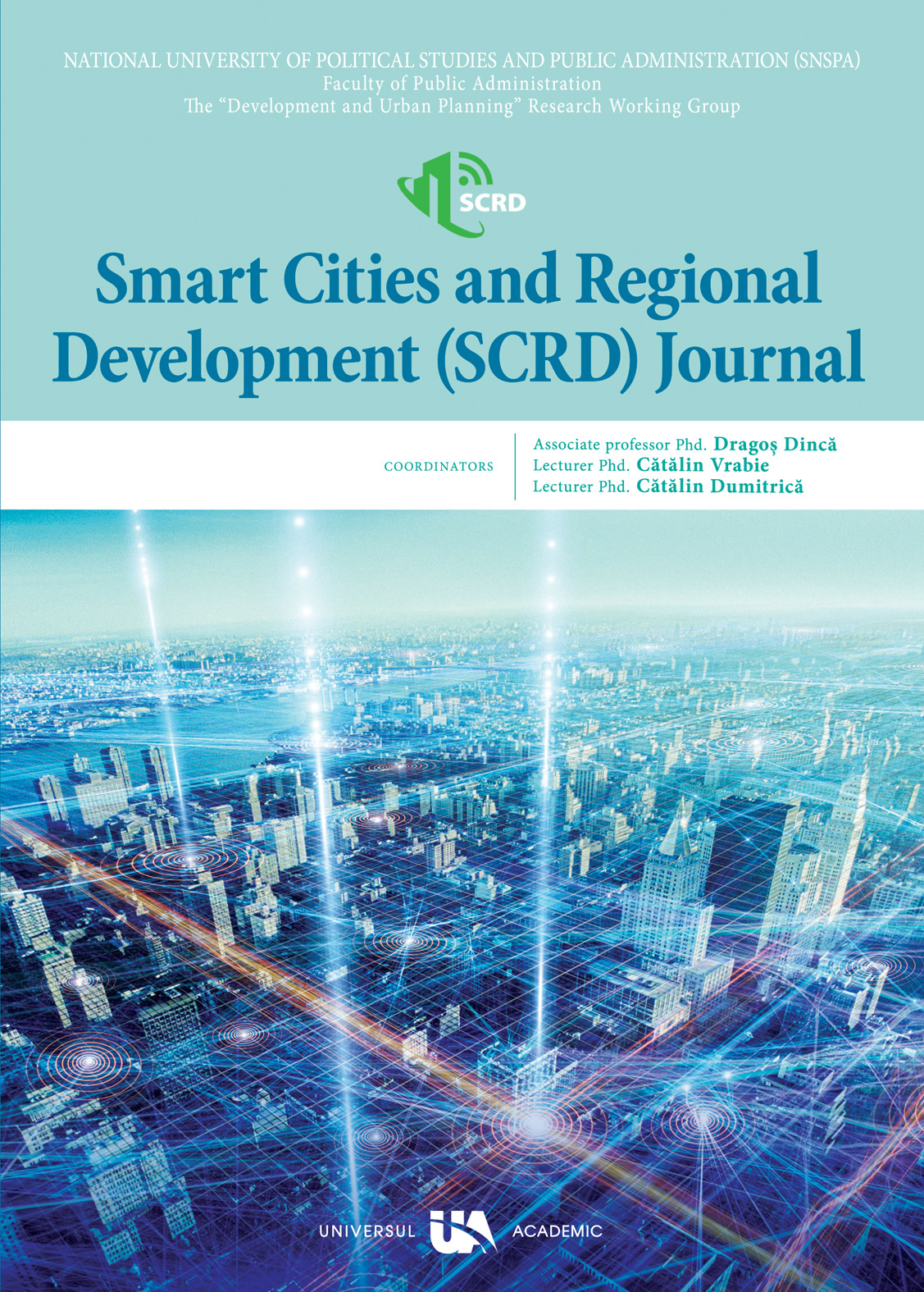
In this modern era, advances in communication technology have spread to the lives of humanity. One form of advancement in communication technology is new media, which is known as digital technology, which then gave birth to social media. One political actor is the regional head. Ganjar Pranowo, as one of the local leaders, carried out political communication by establishing close relations with the community, collaborating with various parties to show the performance that had carried out by utilizing social media as a medium of contact with the public. The method used in this research is to use social media analysis with Nvivo 12 Plus. Based on the study from Nvivo stated that Ganjar Pranowo's Political Communication focuses on political and government matters. Ganjar Pranowo aggressively promotes #VisitJawaTengah and #JatengGayeng. Mention interactions from Twitter Ganjar Pranawo and Taj Yasin Maimoen are the most common interactions based on Word similarity. Based on this, it can see that Ganjar Pranowo provides information to the public by utilizing social media as a medium of political communication.
More...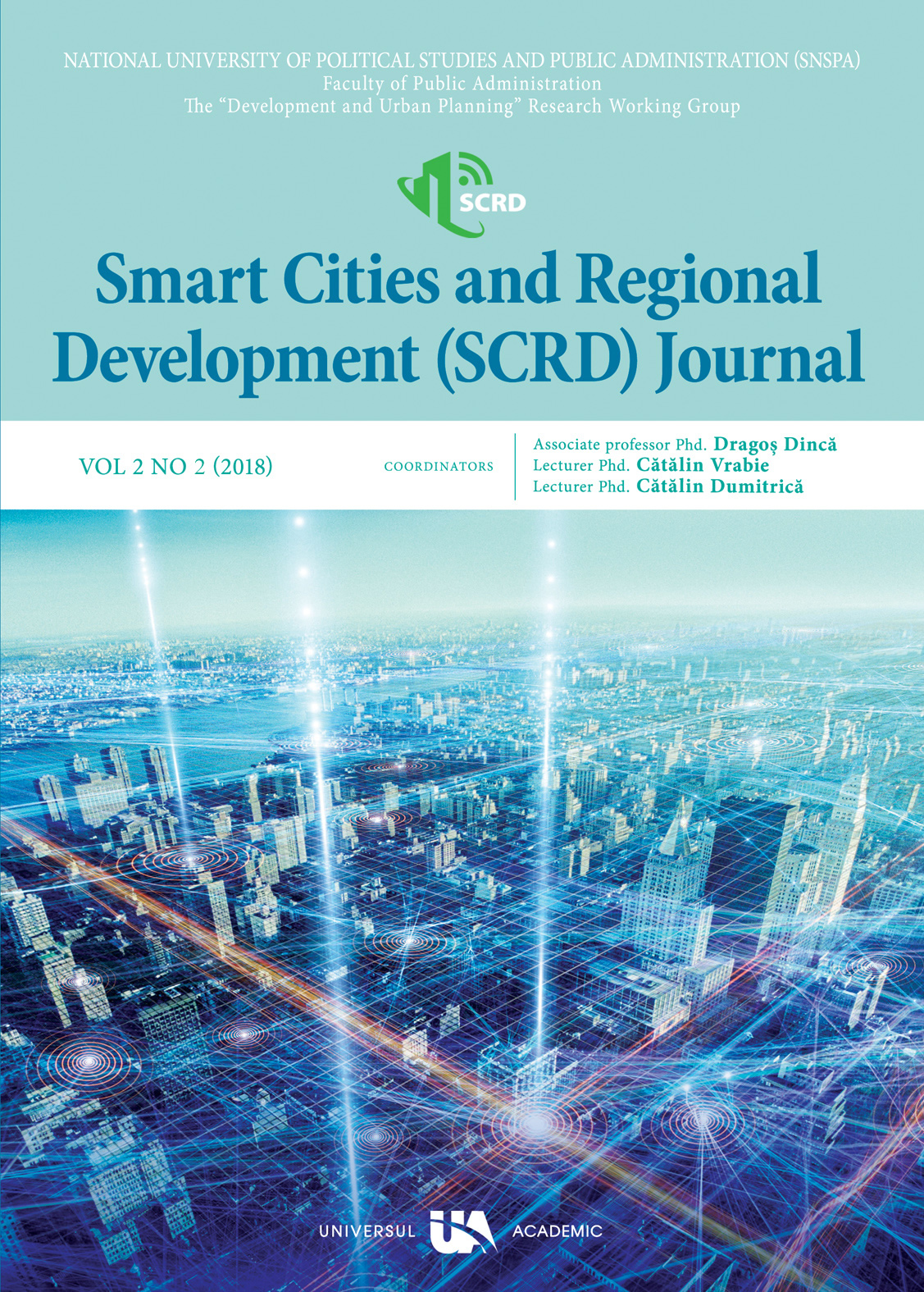
The city has always brought within itself the characteristics of the historical period in which it existed and of the population that inhabited it. In the last years new kind of cities were born, some of them are called green, some others digital and then some are the Smart Cities. The latter has the same features of the first two cities, but them are also committed into satisfying the expectations of its population and caring about citizens’ welfare first. The Smart Cities are the result of technological progress and the search for environmental sustainability. The city was born as a consequence, almost obvious, of the improvement of human skills: many nearby houses represented a possibility of bringing together resources and abilities in an almost uninhabited land.Small villages have become towns, cities and metropolitan cities in which all the technological discoveries were applied and made concrete in the services that these cities could then offer to their inhabitants. The cities, and its various existing types, up to the green cities and digital cities and finally the Smart Cities will be described, as the apex of the discoveries of the digital and sustainable people, who respects the environment in which they live, indeed, which regenerates the environment from past pollution. In these cities, people live within a virtual environment too.These cities are in continuous evolution, extremely rapid, in a competition to each other, made up of skills and technological discoveries, which contain within their borders innovative services for all of its inhabitants, and all its stakeholders. This paper discovers the way of the first inhabited centers towards Smart Cities.
More...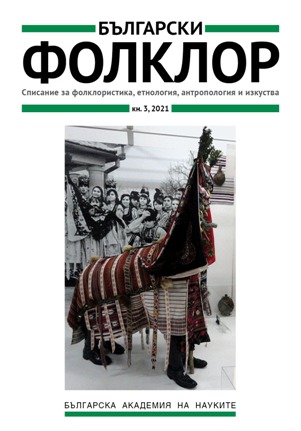

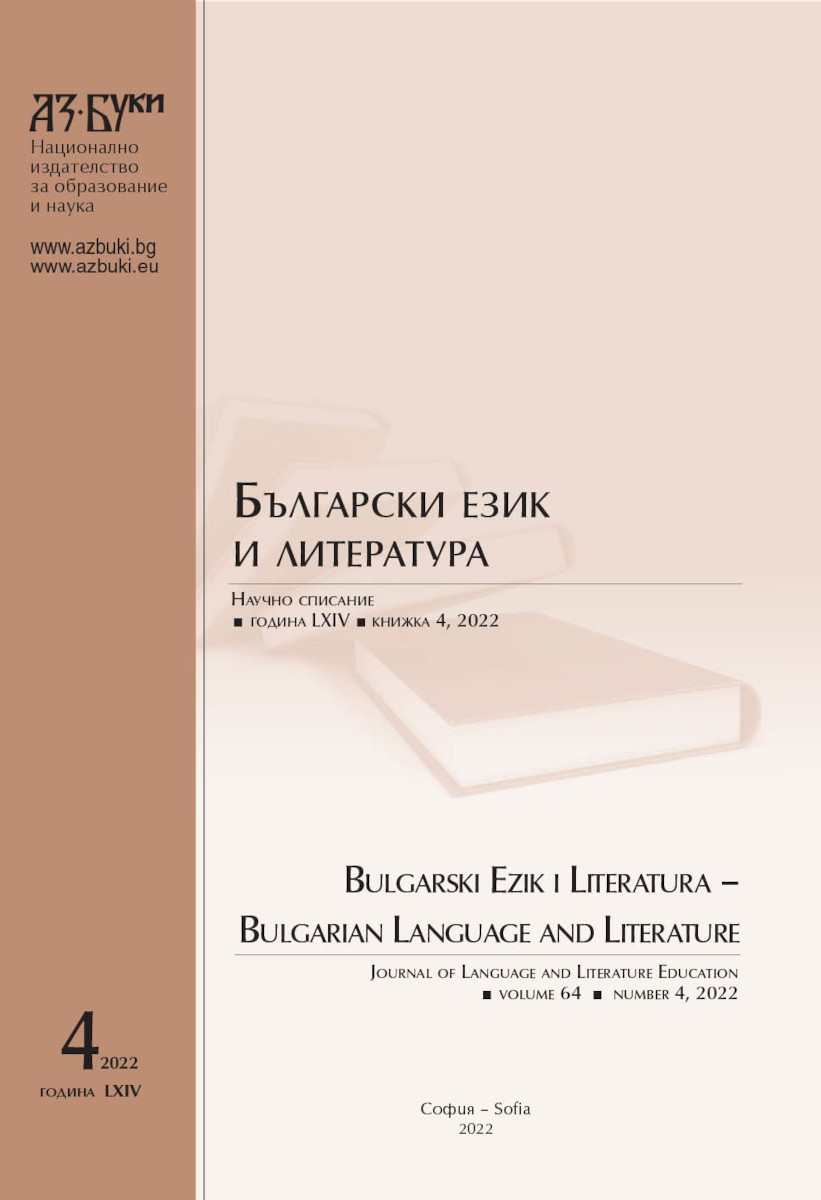
The article interprets the scientific category „literary heritage“ in the logic of Bulgarian legislation and current social reality. The connections between literary heritage and museums are outlined. The narrow meaning of the category is represented mainly by the activities of literary museums. Other institutional spaces have been pointed out, which take care of the artifacts of the literary tradition –archives, libraries, community centers, universities, and research organizations. In conclusion, a concept for defragmenting the structures and activities preserving the literary heritage has been formulated. The key factor in this case are the activities of the National Literary Museum.
More...
Electronic administrative services are an effective tool for the modernisation of local self-government. The provided administrative services contribute to facilitating communication between citizens, businesses, and administration, as well as within the administration itself. This article aims to reveal the average provision of electronic administrative services at the local level by examining the average data for each district and to reveal the differences in the provision of electronic administrative services. For this purpose, statistical data on the population who are respondents to the services are used, and the electronic administrative services provided in Bulgaria largely meet the reliability standards. The arguments by which citizens justify the fact that they do not use electronic administrative services are related to public distrust of these services and state institutions in general, preference for personal contact with employees in the administration, concerns about insufficient information security, lack of computer skills, and personal electronic devices that allow the services to be used.
More...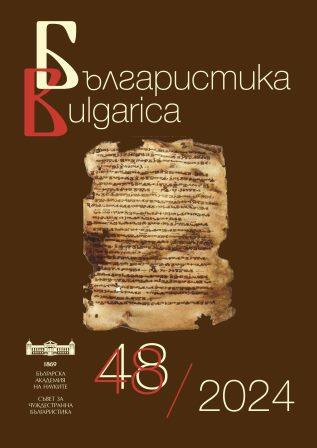
Data about scientific events in the field of the humanities in Bulgaria in the first half of 2024.
More...